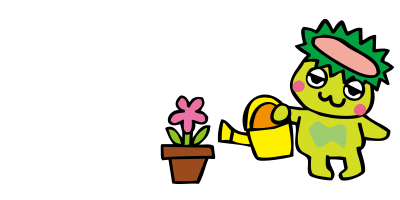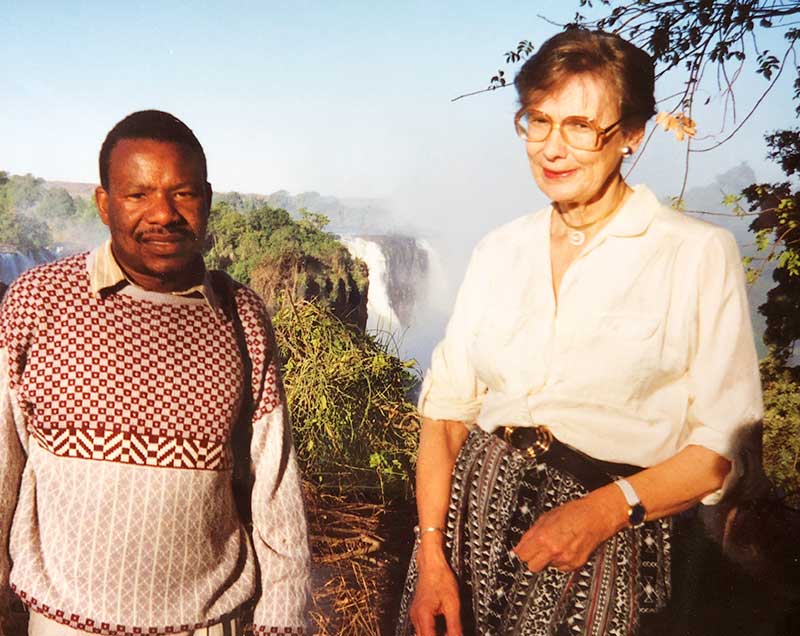Only about 30% of the rainwater that falls during the rainy season in Africa ends up being used. If we can collect and store the remaining 70% for use during the dry season, food production may increase. In order to achieve this, it is necessary for us to develop water supply methods and storage technologies.
In 2017, the United Nations published its SDGs wedding cake model, which classified the 17 goals into three layers. This model has four natural capital SDGs, "clean water and sanitation," "climate action," life on land," and "life below water." All other SDGs are to be achieved with natural capital as the base.
She enjoys spending time on weekends with her grandchildren. She hopes young children will have an opportunity to learn about global water issues at school.
Young children like to play in the water, but adults tend to forget the feeling. Because young children are very interested in water, Prof. Falkenmark wants them to learn that it is the origin of all life on the Earth.




















